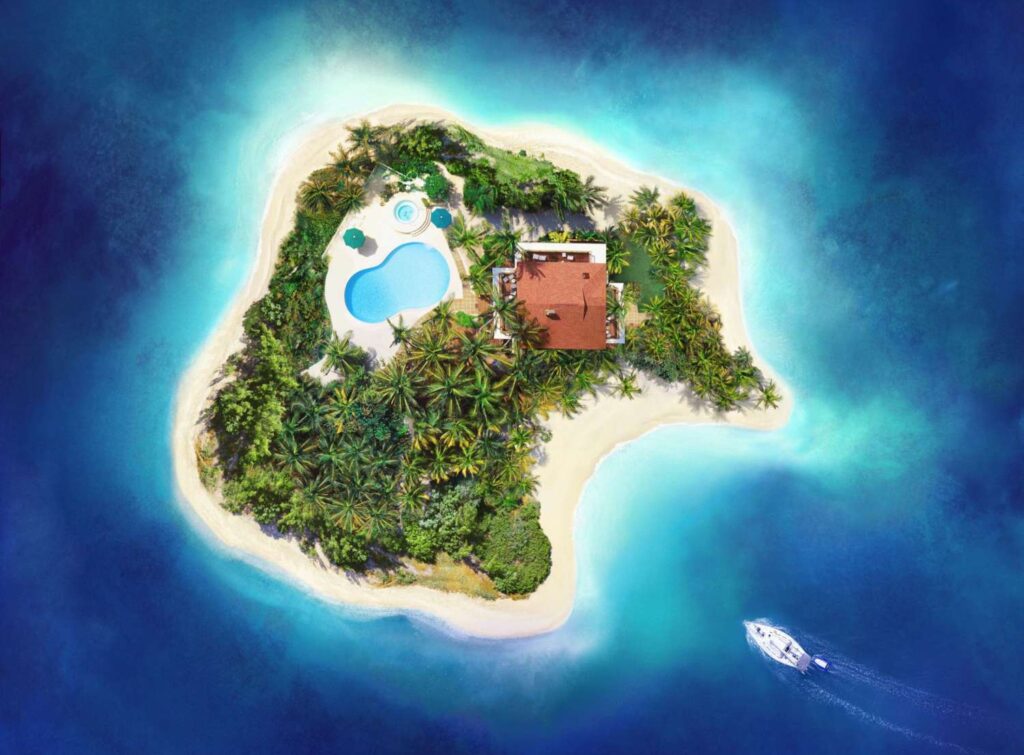The Smallest Country in the World: An In-Depth Exploration
Introduction
When discussing the smallest countries in the world, the conversation invariably leads to Vatican City, which holds the title for the smallest independent state by both area and population. This article aims to provide a comprehensive overview of Vatican City, its history, significance, and comparisons with other small nations. Additionally, we will explore the characteristics of other tiny countries, their cultures, and their unique attributes.
Overview of Vatican City
Vatican City, officially known as the Vatican City State, is an independent city-state enclaved within Rome, Italy. It is the spiritual and administrative center of the Roman Catholic Church and serves as the residence of the Pope. Covering an area of just 0.17 square miles (0.44 square kilometers), Vatican City is the smallest internationally recognized independent state in the world.
Historical Background
Vatican City’s history dates back to the early Christian era. The site is traditionally believed to be the burial place of Saint Peter, one of Jesus Christ’s apostles and the first Pope. The construction of St. Peter’s Basilica began in the 16th century, and it has since become one of the most significant churches in Christendom.In 1929, the Lateran Treaty was signed between the Holy See and Italy, establishing Vatican City as an independent sovereign state. This treaty recognized the Pope’s authority over the territory and provided the Vatican with its own governance.
Geographic and Demographic Information
Vatican City is entirely surrounded by the city of Rome and is characterized by its unique layout and architecture. The city-state is home to several important religious and cultural landmarks, including:
- St. Peter’s Basilica: One of the largest churches in the world, renowned for its Renaissance architecture and artistic masterpieces.
- The Vatican Museums: A complex of museums housing an extensive collection of art and historical artifacts, including the famous Sistine Chapel.
- St. Peter’s Square: A grand plaza in front of St. Peter’s Basilica, often filled with pilgrims and tourists.
Population
Vatican City’s population is approximately 800 residents, although only about 400 of these individuals live within the city-state. The population consists mainly of clergy, including cardinals and members of the Swiss Guard, who provide security for the Pope.
Cultural Significance
Vatican City is not only a religious center but also a cultural treasure trove. The Vatican Museums contain works from renowned artists such as Michelangelo, Raphael, and Caravaggio. The Sistine Chapel, famous for its ceiling painted by Michelangelo, is a significant pilgrimage site and a masterpiece of Renaissance art.
Comparison with Other Small Countries
While Vatican City is the smallest, several other countries also hold the title of “smallest” in various contexts. Below is a table comparing the smallest countries by area:
| Rank | Country | Area (sq km) | Area (sq miles) | Population (approx.) |
|---|---|---|---|---|
| 1 | Vatican City | 0.44 | 0.17 | 800 |
| 2 | Monaco | 2.02 | 0.78 | 39,000 |
| 3 | Nauru | 21 | 8.1 | 10,900 |
| 4 | Tuvalu | 26 | 10 | 11,000 |
| 5 | San Marino | 61 | 24 | 34,000 |
Other Notable Small Countries
- Monaco: Located on the French Riviera, Monaco is famous for its luxurious lifestyle, casinos, and as a tax haven. It covers an area of 2.02 square kilometers and has a population of around 39,000.
- Nauru: This island nation in the Pacific Ocean is known for its phosphate mining history and stunning coral reefs. It has an area of 21 square kilometers and a population of about 10,900.
- Tuvalu: Comprising nine islands, Tuvalu is a remote paradise facing environmental challenges due to rising sea levels. It covers 26 square kilometers and has a population of approximately 11,000.
- San Marino: Surrounded by Italy, San Marino is one of the oldest republics in the world, with a rich history and beautiful medieval architecture. It spans 61 square kilometers and has a population of around 34,000.
The Importance of Small Countries
Despite their size, small countries often play significant roles in global affairs. They can serve as neutral ground for diplomacy, showcase unique cultures, and contribute to international organizations. Their small size can also lead to challenges, such as limited resources and vulnerability to external pressures.
Frequently Asked Questions (FAQ)
Q1: What is the smallest country in the world?
A1: The smallest country in the world is Vatican City, with an area of 0.44 square kilometers (0.17 square miles).
Q2: How many people live in Vatican City?
A2: Vatican City has a population of approximately 800 residents, with about 400 living within the city-state.
Q3: What is the significance of Vatican City?
A3: Vatican City serves as the spiritual and administrative center of the Roman Catholic Church and is home to significant cultural and religious sites, including St. Peter’s Basilica and the Vatican Museums.
Q4: What are some other small countries?
A4: Other small countries include Monaco, Nauru, Tuvalu, and San Marino, each with unique characteristics and histories.
Q5: Where can I find more information about Vatican City?
A5: For more detailed information about Vatican City, you can visit its Wikipedia page here.
Conclusion
Vatican City, as the smallest country in the world, holds a unique position in global culture and religion. Its rich history, stunning architecture, and significant role in the Catholic Church make it a fascinating subject of study. While small in size, Vatican City and other tiny nations demonstrate that even the smallest countries can have a profound impact on the world stage.



